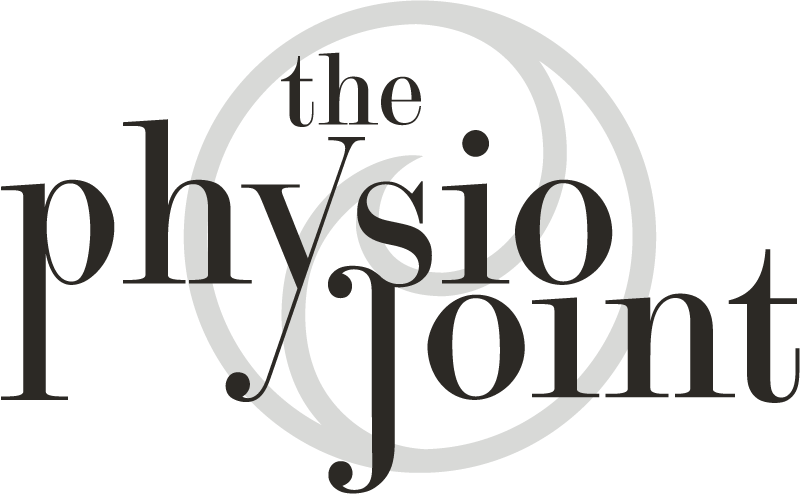Sacroiliac Joint Dysfunction or Sacroiliitis are common terms used to describe the pain of the sacroiliac joint.
It is usually caused by abnormal motion (i.e. hyper- or hypo-mobile) or mal-alignment of the sacroiliac joint. Sacroiliac joint syndrome is a significant source of pain in 15% to 30% of people with mechanical low back pain.
Sacroiliac joint syndrome is a condition that is difficult to diagnose and is often overlooked by physicians and physiotherapists.
- The joint can be hyper or hypo-mobile which can cause pain.
- Pain is usually localised over the buttock. Patients usually describe the pain as sharp, dull, achy, stabbing, or shooting pain directly over the affected joint.
- Patients can often complain of sharp, stabbing, and/or shooting pain which extends down the posterior thigh usually not past the knee.
- Pain can frequently mimic and be misdiagnosed as radicular pain.
- Patients will frequently complain of pain while sitting down, lying on the ipsilateral side of pain, or climbing stairs.
Physiotherapy Management:
- The aim of the first stage of treatment is to reduce the inflammation with icepacks and anti-inflammatory medication.
- The second goal is to improve mobility using mobilisations, manual or exercise therapy.
- If there are complaints of instability, it can be useful to make use of a sacroiliac belt to temporarily support the pelvis, together with progressive stabilisation training to increase motor control and stability.
- If the sacroiliac joint is severely inflamed, a sacroiliac belt can also be used.
- Postural and ergonomic advice will help the patient to decrease the risk of re-injury
If you believe this relates to you, don’t hesitate to book now with one of our physiotherapists.





